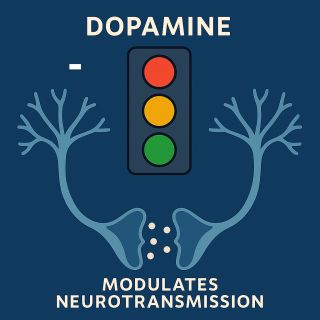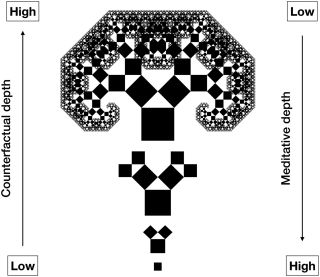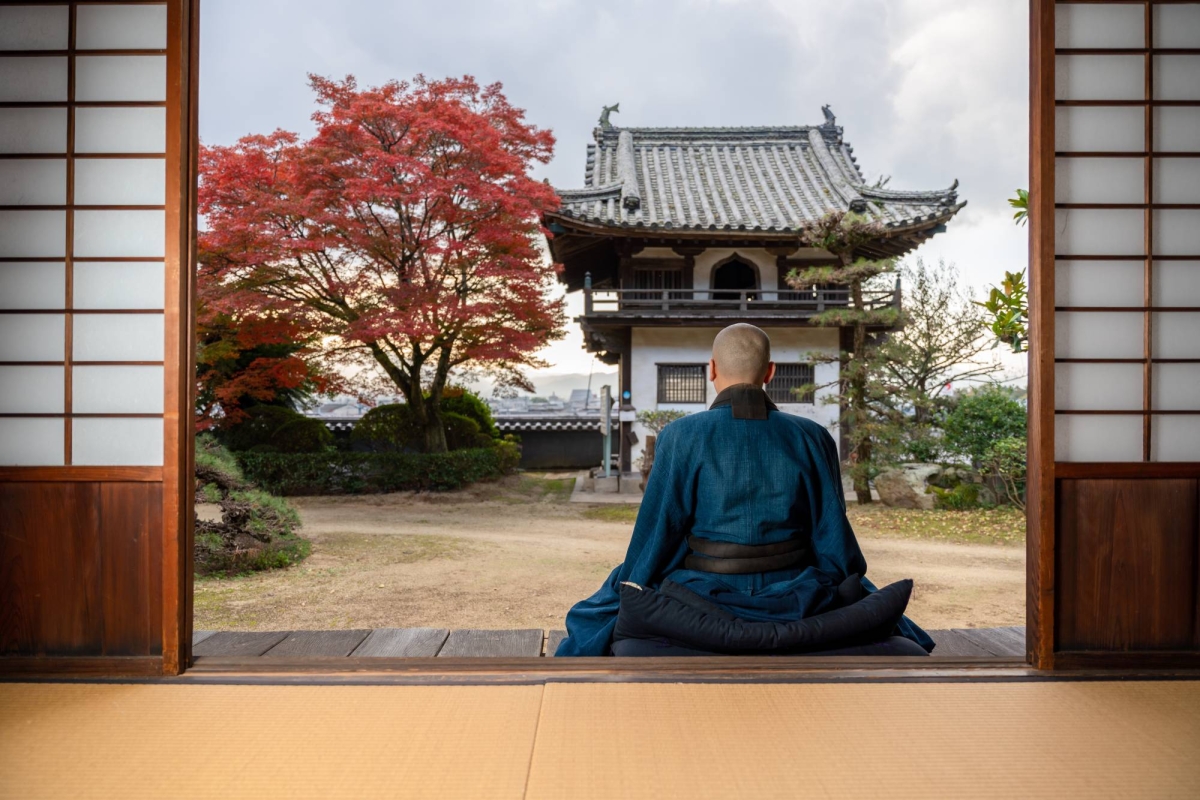Dopamine
Dopamine Decoded: The Ultimate Myth-Busting Guide
Dopamine isn’t just a “pleasure chemical.” In under a minute, here’s the truth: dopamine is a teaching signal, not pure happiness, and it helps your brain decide what to pay attention to, repeat, or avoid. When understood clearly, it becomes a powerful tool for habits, focus, and emotional balance.
This guide "dopamine decoded: 5" cuts through viral hacks, detox trends, and fear-based headlines, grounding you in what science actually supports going into 2025.
What Is Dopamine, Really?
Dopamine is a neurotransmitter—one of the brain’s key chemical messengers. It helps:
- Flag which experiences are worth remembering.
- Drive motivation to pursue goals and rewards.
- Coordinate movement, focus, and decision-making.
Think of dopamine as a precision signal for learning and action, not a faucet you simply “turn up” for more joy. When something unexpected or important happens, dopamine spikes like an internal alert: "Pay attention. This matters. Learn from this."
In simple terms: Dopamine helps your brain link what you did with what happened, so it can decide whether to do it again.
Why Dopamine Matters for a Modern Life (2025 Context)
In a world of infinite scrolling, notifications, micro-rewards, and burnout, understanding dopamine is essential, not optional. It shapes:
- How quickly you get hooked on apps, games, or habits.
- Why some goals energize you and others exhaust you.
- How you experience satisfaction, meaning, and momentum.
Recent syntheses by leading institutions, including Harvard (2024) and Stanford researchers, emphasize dopamine’s role in reinforcement learning, habit loops, and mental health, rather than simplistic “good vs bad” narratives.
People Also Ask: Fast Answers
Does dopamine equal pleasure?
No. Dopamine is mainly a learning and motivation signal, not raw pleasure. It helps your brain predict rewards and update behavior. Pleasure itself also relies on other systems (like opioids, serotonin, and context), not dopamine alone.
Is more dopamine always better?
No. Both too little and too much dysregulated dopamine can cause problems. Balanced dopamine signaling supports motivation, focus, curiosity, and movement; extremes are linked to depression, addiction, and certain psychiatric or neurological conditions.
Is social media addictive because of dopamine?
Partly. Social platforms use variable rewards, novelty, and unpredictability that engage dopamine-based learning systems. It’s the pattern of uncertain rewards, not one “dopamine hit,” that reinforces endless checking.
Do dopamine detoxes really work?
Not in the literal sense. You can’t “turn off” dopamine. But intentionally reducing overstimulation can recalibrate your attention, expectations, and sense of reward, making everyday experiences feel richer again.
5 Myths About Dopamine (Debunked)
Myth 1: "Dopamine equals pleasure."
This is the internet’s favorite oversimplification.
Dopamine is more about prediction, learning, and motivation than sheer enjoyment.
When something good (or surprisingly bad) happens, dopamine helps encode: "What led to this? Should we repeat or avoid it?"
Examples:
- Trying a new workout, feeling accomplished: dopamine helps your brain tag that routine as worth repeating.
- Getting unexpected praise at work: dopamine links your preparation, behavior, or timing to that positive outcome.
Pleasure can occur without big dopamine spikes, and dopamine can surge in high-stress or risky contexts that don’t feel purely good.
Myth 2: "More dopamine means more happiness."
It’s not about flooding your brain; it’s about tuning the system.
Low or disrupted dopamine signaling is associated with reduced motivation and some forms of depression, but simply “cranking dopamine up” does not guarantee joy. Many stimulants temporarily raise dopamine yet can lead to anxiety, impulsivity, or crash cycles.
Key distinctions:
- Dopamine fuels the drive to pursue.
- Happiness is the experience of fulfillment or contentment, which involves many brain systems plus values, relationships, and lifestyle.
Chasing constant spikes (through substances, drama, or nonstop novelty) can actually blunt your sensitivity over time, making normal life feel flat.
Myth 3: "Scrolling is fun because it ‘releases dopamine’."
Close, but incomplete.
Endless feeds work because they create reward prediction errors—moments when your brain thinks, “Maybe the next post will be great.” That uncertainty drives you to keep going.
How dopamine fits in:
- Unpredictable likes, messages, or videos = variable rewards.
- Variable rewards = strong dopamine-based learning.
- Strong learning = you automatically reach for your phone.
The result isn’t one big bliss hit; it’s a reinforced loop. Other chemicals and emotions (boredom, FOMO, loneliness) interact with that loop and keep you hooked.
Myth 4: "A dopamine detox resets your brain."
You cannot detox from dopamine. You need it to move, think, plan, and survive.
What people usually mean is reducing overstimulation:
- Fewer high-intensity, rapid-fire rewards.
- More intentional, slower, meaningful rewards.
A more accurate idea is a "stimulation reset" or "pleasure recalibration":
- Stepping away from constant hits (notifications, junk content, ultra-processed snacks).
- Letting your brain re-learn how to register satisfaction from simple experiences.
Done thoughtfully, this can:
- Improve focus and patience.
- Make everyday joys—like conversations, walks, or hobbies—feel rewarding again.
But it’s not about deleting dopamine; it’s about reshaping what triggers your dopamine system.
Myth 5: "We can hack dopamine like a cheat code."
We can influence dopamine-based learning, but not with magic shortcuts.
Marketers, casinos, games, and apps already do this using unpredictability, streaks, levels, and micro-rewards. You can apply the same principles to build positive habits—without gimmicks.
Example habit "hacks":
- Add small, immediate rewards to long-term goals.
- Use variety (routes, playlists, environments) to keep routines engaging.
- Track progress visually so your brain sees clear signals of improvement.
Sustainable "dopamine hacks" are really about designing your environment so that the healthiest behaviors become the most naturally reinforced.
10 Essential Facts About Dopamine (Simplified & Updated)
Here is dopamine decoded: 5 key clarifiers plus deeper facts that matter for your daily life.
- Dopamine is evolutionarily ancient, found in species from worms to humans, signaling "this matters" for survival.
- Only a small fraction of your brain cells use dopamine (hundreds of thousands vs. ~86 billion neurons), but their influence is widespread.
- Dopamine neurons are highly connected, mainly in midbrain regions, sending signals across networks that affect movement, motivation, and evaluation.
- Listening to music, especially with build-up and anticipation, activates dopamine pathways that track expectation and emotional peaks.
- Disrupted dopamine signaling is involved in conditions like Parkinson’s, ADHD, certain addictions, and some mood disorders.
- Many treatments (for Parkinson’s, ADHD, and other conditions) target dopamine receptors, synthesis, or reuptake to restore functional balance.
- Dopamine rarely works alone; it often co-releases with other transmitters, reflecting its "multilingual" role in complex brain circuits.
- Dopamine firing patterns vary: steady "tonic" activity sets the baseline; rapid "phasic" bursts mark important or surprising events.
- Dopamine follows a circadian rhythm: higher during wakefulness, lower during sleep, aligning motivation and alertness with your daily cycle.
- Learning depends on both the amount and timing of dopamine: it helps open "plasticity windows" when your brain is primed to rewire.
How to Use Dopamine Science to Build a Better Life
Understanding dopamine isn’t about perfection; it’s about designing your days so your brain naturally backs your goals.
Here’s how to turn research into practical self-improvement.
1. Design Habits Around Realistic Rewards
Your brain repeats what feels meaningful, achievable, and recognized.
Practical ways to align with dopamine:
- Pair tasks with small, immediate rewards (music, checklists, a quick stretch in the sun).
- Turn long goals into tiny wins your brain can celebrate daily.
- Use visible progress (habit trackers, calendar streaks, simple milestones).
2. Make Boring but Important Tasks More Engaging
If a habit is painfully dull, your brain won’t tag it as valuable.
Try:
- Changing context: a new workspace, different route, or new tool.
- Adding novelty: different workout styles, rotating reading topics, timed sprints.
- Creating challenges: “finish this in 10 minutes,” “no-scroll focus block,” or “3-deep work cycles.”
These tweaks trigger dopamine’s love of novelty and progress without relying on unhealthy highs.
3. Use Uncertainty for Good (Not Just Social Media)
Dopamine responds strongly to uncertain rewards—you can turn that into a growth engine.
Healthy examples:
- A "mystery learning" habit: randomly select a topic or podcast each week.
- A surprise reward jar: each completed week of habits earns a random small treat.
- Rotating social or creative challenges: open mic, new class, new recipe.
This keeps self-improvement fun, not punishing.
4. Reset Overstimulation Without Extreme Detoxes
Instead of rigid “dopamine fasts,” try structured resets that support nervous system balance.
-
24–72 hours with:
- No endless scrolling; use your phone intentionally.
- Simple foods, stable sleep, light movement.
- One or two deep, offline activities (reading, walking, long-form conversation).
You’re not deleting dopamine; you’re retraining attention so subtle rewards register again.
5. Protect Your System: Sleep, Movement, and Meaning
Foundational choices support healthy dopamine signaling long-term:
- Sleep: Consistent sleep-wake times stabilize dopamine rhythms and focus.
- Movement: Regular exercise boosts dopamine availability and receptor health.
- Purpose: Goals tied to your values (not just external approval) create more sustainable dopamine patterns than chaos-driven urgency or constant comparison.
When your lifestyle supports dopamine balance, motivation feels steadier and less fragile.

Step-by-Step: A Practical Dopamine-Aligned Reset
Use this 7-day framework to align your life with how dopamine actually works.
-
Define 1–2 meaningful goals.
- Example: "Walk 20 minutes daily" or "Write for 10 minutes." Keep it small and specific.
-
Break each goal into micro-actions.
- Make steps so easy they’re almost frictionless.
-
Attach an immediate, honest reward.
- Check off a tracker, share progress with a friend, drink your favorite tea afterward.
-
Reduce high-friction, high-spike inputs.
- Turn off non-essential notifications.
- Move tempting apps off your home screen.
-
Add controlled novelty.
- Vary your route, playlist, environment, or challenge format every few days.
-
Protect your basics.
- Prioritize sleep, daylight, hydration, and movement to stabilize dopamine rhythms.
-
Reflect once a week.
- Ask: "What did my brain want more of? What drained it?" Adjust cues and rewards accordingly.
This is "dopamine decoded: 5" in action: instead of chasing hacks, you’re creating a repeatable system your brain naturally supports.
Key Takeaways (Dopamine, Decoded for Real Life)
- Dopamine is not just pleasure; it’s a learning and motivation signal that helps you repeat what works and drop what doesn’t.
- Balance beats excess. Too much chasing of intense rewards can dull your system; consistent, meaningful rewards strengthen it.
- Your environment trains your brain. Apps, habits, and routines all shape dopamine loops—design them with intention.
- You can align, not control. You can’t micromanage dopamine, but you can create conditions where motivation, focus, and growth feel natural.
- A good life is built, not hacked. Understanding dopamine helps you build habits, boundaries, and rhythms that support long-term well-being.
By treating dopamine as your ally in intentional living—not a villain, not a magic switch—you unlock a calmer, more focused, more rewarding everyday life.





